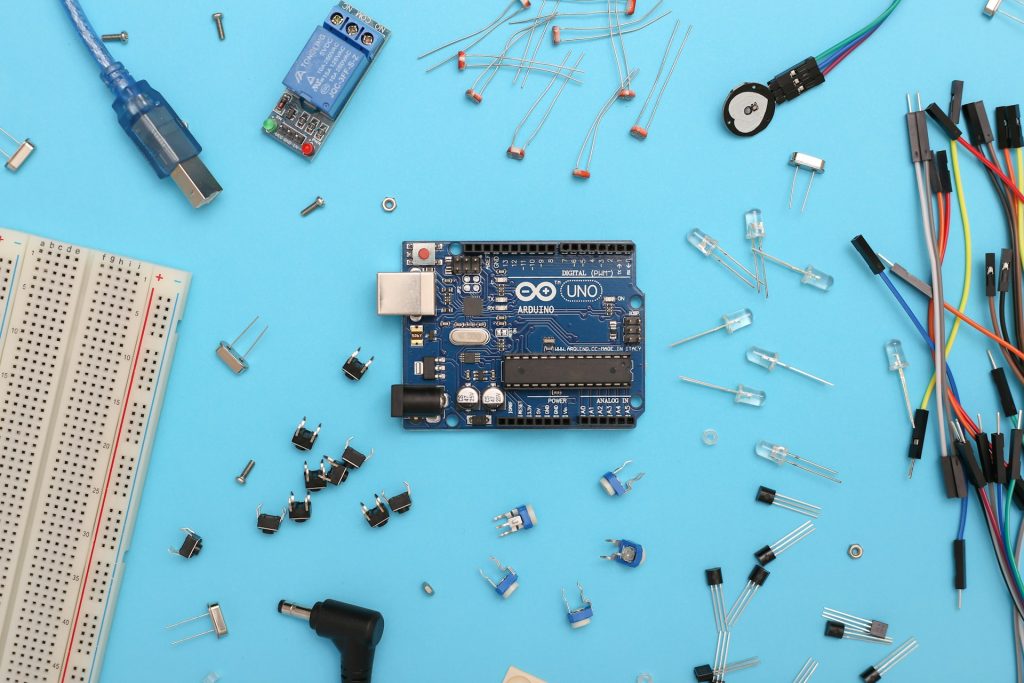Microchips, once confined to devices and pets, are now making a foray into the realm of human biology. Human microchipping, while still in its nascent stages, presents a spectrum of possibilities and concerns. In this exploration, we delve into the benefits and disadvantages of this controversial technological integration.

Microchips Under the Skin
The fundamental idea is straightforward—implanting microscopic integrated circuits beneath human skin, commonly between the thumb and forefinger. These chips serve a multitude of purposes, from identification to facilitating contactless payments. An intriguing example dates back to 2017 when a Wisconsin-based company hosted a voluntary ‘chip party,’ paving the way for employees to use their microchipped hands for accessing premises and making payments.
Real-World Adoption
While Three Square Market’s ‘chip party’ exemplifies a voluntary corporate microchipping experiment, the trend extends globally. In Sweden, approximately 5000 individuals have embraced embedded chips, enabling seamless payments and, intriguingly, even facilitating transactions within the transportation sector. The growing adoption raises questions about the trajectory of this technology and its potential societal implications.
Navigating Concerns and Threats
As with any transformative technology, human microchipping comes with a set of formidable concerns. Hacking looms large on this landscape, with potential threats to private information stored on these microchips. Financial data and medical records become vulnerable targets for malicious actors, potentially leading to severe repercussions.

Health Risks in the Spotlight
The health implications of microchipping remain an enigma. While physically possible, the procedure introduces concerns such as adverse tissue reactions, implanted transponder migration, electromagnetic interference, and even a perceived risk of cancer. Although studies associating microchips with cancer in animals are rare, the uncertainty surrounding potential side effects demands careful consideration.
Surveillance and Social Dynamics
Privacy concerns extend beyond hacking to intrusive surveillance. Microchipped individuals could be subjected to Orwellian levels of monitoring, with everyday movements becoming trackable. This intrusion not only raises privacy issues but also contributes to a potential societal divide, where the microchipped could face varying advantages in the job market, further amplifying existing social disparities.
Practical Benefits of Human Microchipping
Amidst these concerns, it’s crucial to examine the practical benefits that proponents argue for. The FDA’s approval of VeriChip, an implantable microchip offering instant access to medical records, emphasizes potential lifesaving applications. Microchips can be instrumental in safeguarding dementia patients and newborns, providing tracking solutions to prevent adverse incidents.
The Tug of War Between Necessity and Risk
Human microchips promise streamlined day-to-day operations with fast cashless payments, automatic device control, and efficient identification methods. Yet, the pivotal question persists—do these conveniences necessitate the inherent risks? As we embrace wearable devices and smartphones, the leap to microchipping raises debates about the true beneficiaries of this technology.
Technological Evolution or Ethical Crossroads?
Advocates posit that human microchips signify the next phase in technological and human evolution, aligning with our current reliance on mobile phones and wearables. The question lingers—should we embrace this evolution, and if so, at what cost? The ethical considerations surrounding human microchipping are complex and warrant collective contemplation.

As human microchipping emerges from its embryonic stage, a nuanced exploration of its benefits and disadvantages becomes imperative. The potential for a more connected and efficient future clashes with genuine concerns about privacy, health, and societal dynamics. Navigating this uncharted territory demands a delicate balance between technological advancement and safeguarding the essence of humanity. The future, it seems, is both promising and precarious, urging us to tread thoughtfully into the realm of human microchipping.





